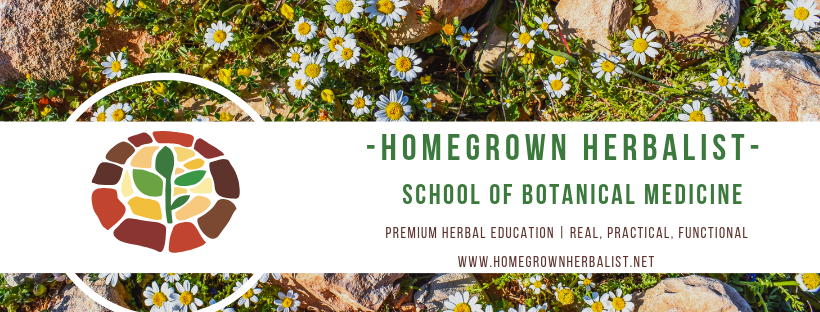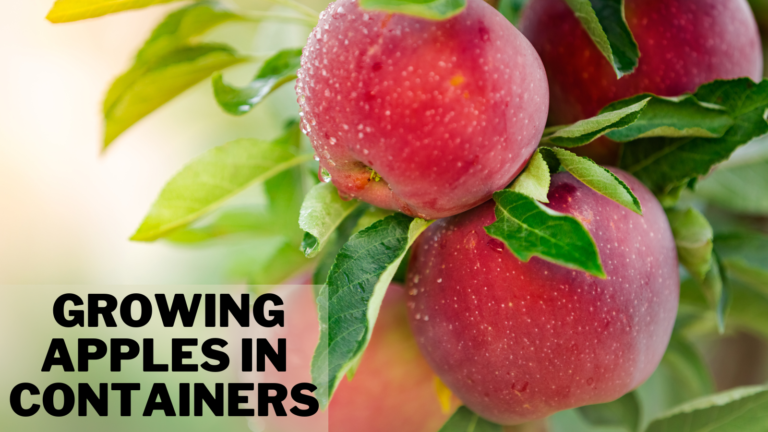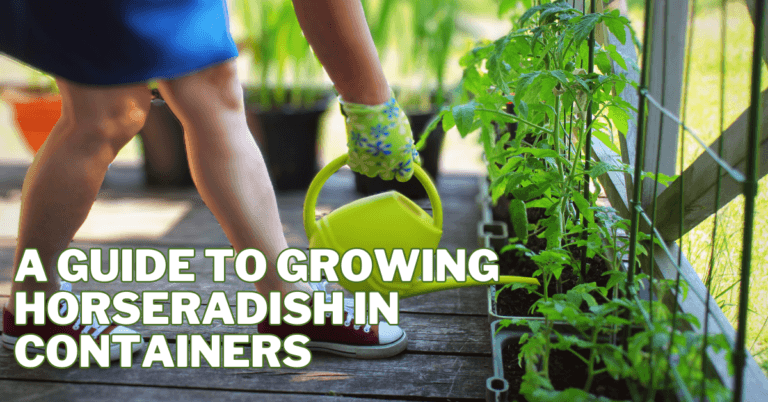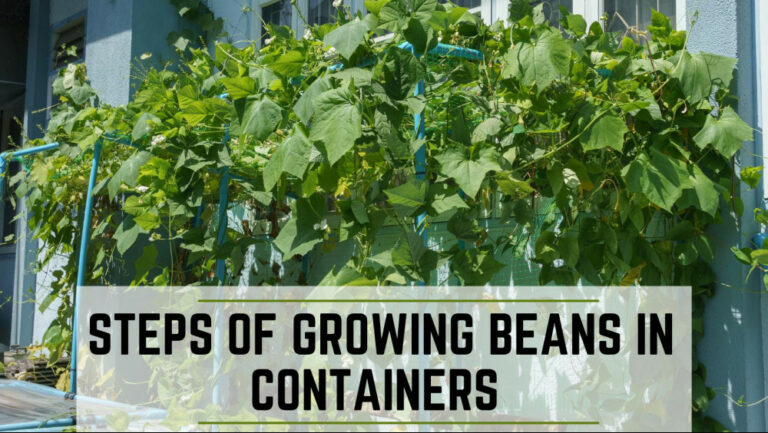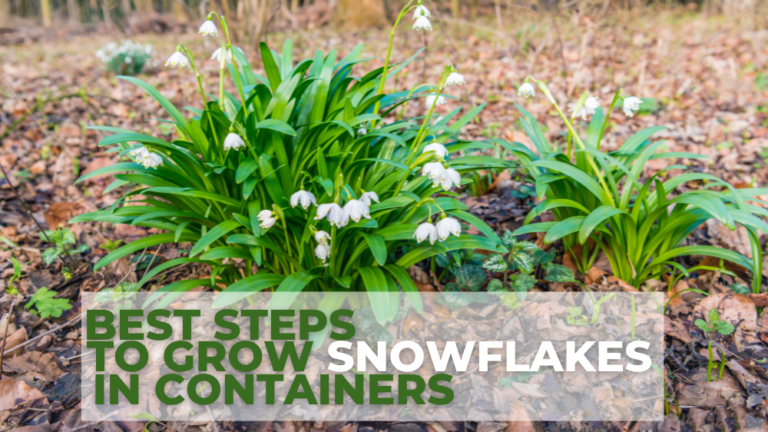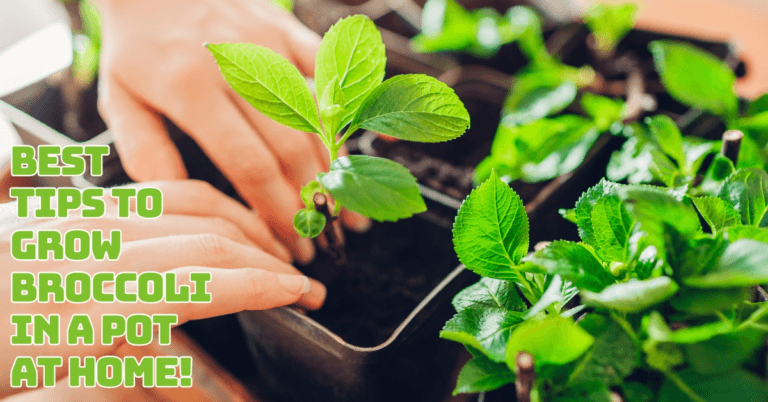Types Of Bromeliad Plants
A Guide To The Various Types Of Bromeliad Plants
Bromeliads are a captivating family of plants known for their vibrant colours, unique shapes, and diverse species. These hardy, low-maintenance plants are suitable for various indoor and outdoor settings.
With their wide variety of types, each bromeliad offers distinct beauty and growth requirements. This blog explores various types of bromeliad plants, offering essential tips on their growth and care for your home or garden.
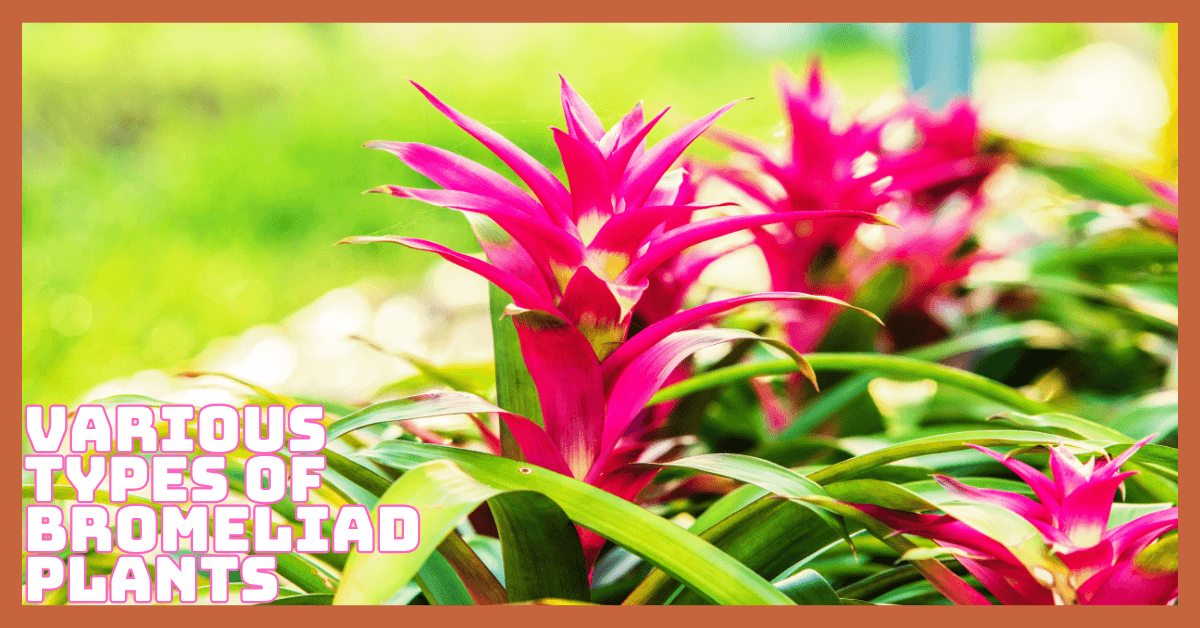
What Are Bromeliads? What Are They Used For?
Bromeliads are a diverse family of tropical plants known scientifically as Bromeliaceae, which includes over 3,000 species.
They are native to the Americas, thriving in rainforests and deserts. Popular varieties include pineapples, Spanish moss, and air plants (Tillandsia).
Bromeliads are characterized by their rosette-shaped leaves, which often form a central water-holding tank, and their vibrant, long-lasting flowers.
These plants have various uses. Ornamentally, they are prized for their striking appearance and low maintenance, making them popular in gardens and as houseplants.
Some species, like the pineapple (Ananas comosus), are cultivated for food. Bromeliads also play ecological roles, providing habitat and water sources for insects, frogs, and other small creatures in their natural environments.
Additionally, their leaves are used in fiber production, and certain species have traditional medicinal applications in Indigenous cultures.
Bromeliads are adaptable and can grow in soil, on rocks, or as epiphytes on other plants, making them versatile for natural and cultivated settings. Their unique beauty and ecological significance make them valuable in horticulture and conservation.
Various Types Of Bromeliad Plants
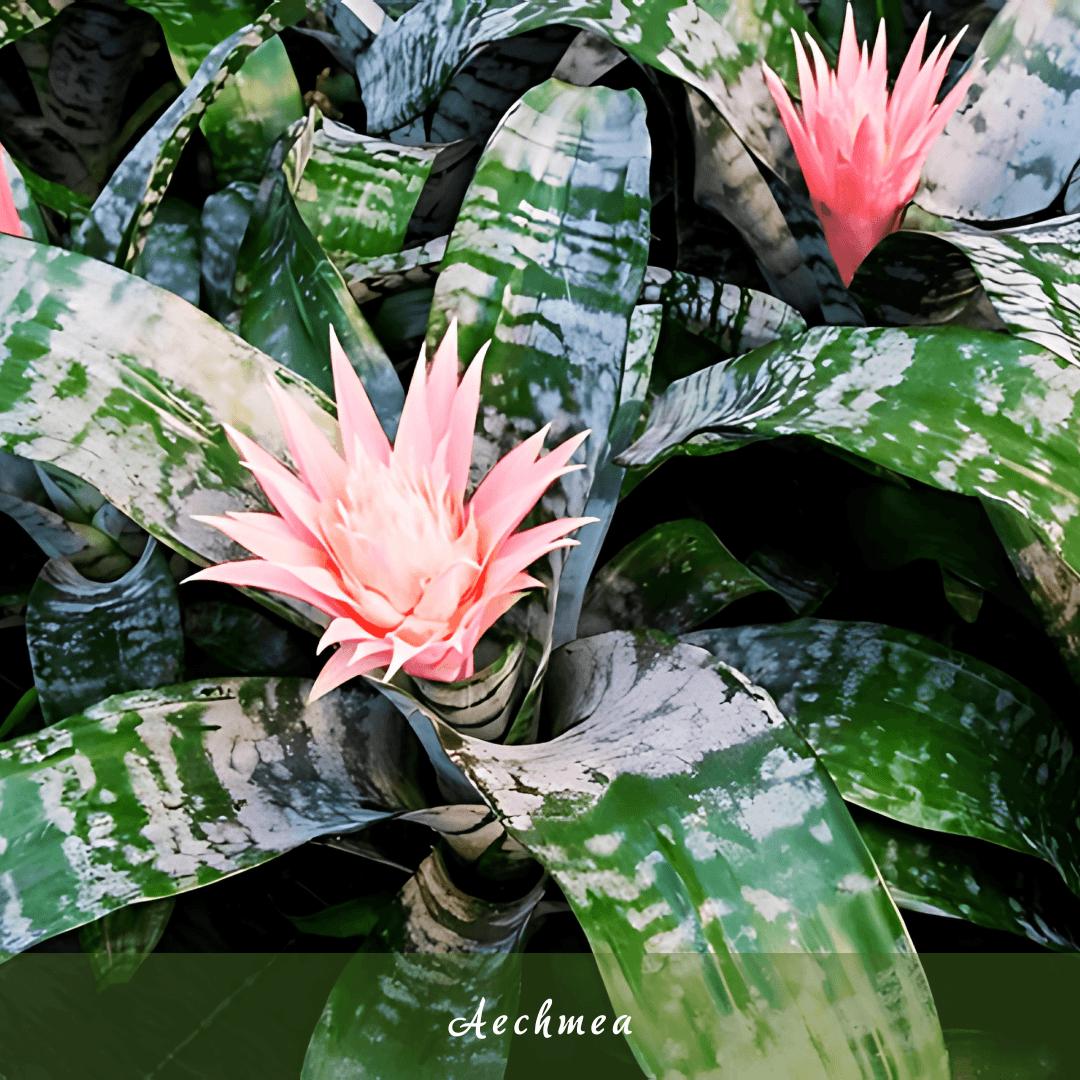
1. Aechmea (Aechmea spp.)
Characteristics
Aechmeas are known for their large, eye-catching flower spikes and striking foliage. The flowers often appear in shades of red, pink, or purple.
Their leaves can range from green to gray and have a spiky texture. Due to their vibrant colour and durability, the Aechmea is frequently used as a decorative houseplant.
How To Grow Aechmea
To grow Aechmea bromeliads successfully, start by placing them in bright, indirect light—the ideal temperature range for these plants is 15 °C and 24°C.
You can grow them in well-draining soil or a mix of orchid bark and perlite, ensuring that the soil doesn’t retain too much moisture.
Watering should be done in the central rosette, the “tank” formed by the leaves. The plant prefers to have its central cup filled with water but not sitting in standing water.
Once the plant has matured, it will flower, and the spike will last several weeks. After blooming, it’s a good idea to propagate the offsets or “pups” that grow around the plant base so that they can continue growing.
2. Guzmania Bromeliad Plant (Guzmania spp.)
Characteristics
The Guzmania bromeliad is known for its tubular flowers, often red, orange, yellow, or purple, surrounded by vibrant bracts. These plants have narrow, glossy leaves and are frequently chosen for their striking colour displays.
How To Grow Guzmania
The leaves of Guzmania bromeliads can be scorched by direct sunlight, so they should be kept out of direct sunlight in the temperature range of 18 °C to 24°C.
They do best in a humid environment. Growing them in a well-draining mix, such as peat-based soil or orchid, helps prevent root rot.
Water the central cup with clean, room-temperature water so the plant can absorb moisture through its leaves. This is the secret to growing Guzmania successfully.
Watering once a week is usually sufficient. Ensure that the water in the cup is replaced regularly to prevent stagnation, which could lead to fungal infections.
Once your Guzmania plant flowers, the bloom will last for several weeks. After the flowers fade, allow the plant to produce pups, which can be propagated to start new plants.
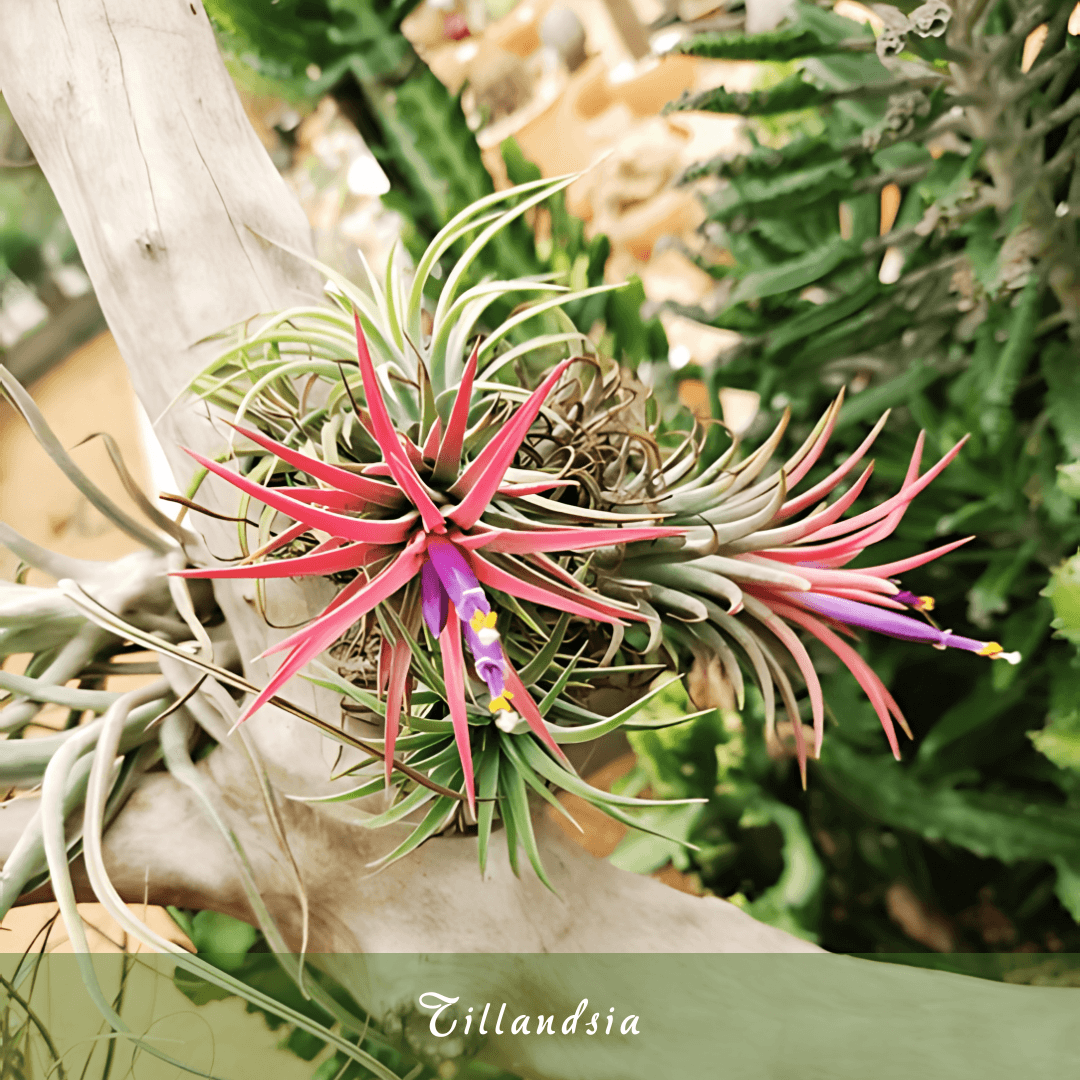
3. Tillandsia (Air Plant)
Characteristics
Tillandsia are air plants that don’t require soil to grow. Their leaves absorb water and nutrients from the air, allowing them to thrive in many different environments. The leaves can range from curly to straight; the flowers are usually tubular and brightly coloured.
How To Grow Tillandsia
Tillandsia plants are straightforward to grow. They can withstand lower light levels, bright light, and indirect light. These plants do best in a well-ventilated space with good air circulation, as they rely on air moisture to survive.
To grow Tillandsia, simply mist it regularly or submerge it in water for 20-30 minutes once a week, depending on your home's humidity levels. After soaking, allow the plant to dry out thoroughly before relocating it.
Air plants don't need soil and can be placed on various surfaces, including driftwood boulders, or even hung in ornamental containers.
Keep in mind that air plants grow best in humidity-rich environments. If you live in a dry climate, you may need to provide additional misting or humidity trays to keep your plants healthy.
4. Neoregelia Bromeliad Plant (Neoregelia spp.)
Characteristics
Neoregelia bromeliads are known for their stunning, colourful foliage. Many species have leaves in red, pink, and orange hues, creating an eye-catching display.
Some varieties, such as Neoregelia carolinae, have a star-shaped rosette of leaves that intensifies in colour as the plant matures.
How To Grow Neoregelia
Neoregelia plants prefer bright, indirect light and are sensitive to overexposure to sunlight, which can scorch their vibrant leaves. They do best in temperatures between 15°C and 24°C.
To grow Neoregelia, ensure that the soil is well-draining and that the plant is watered in the central rosette or “tank” formed by the leaves.
Keep the tank filled with water, but replace the water regularly to prevent stagnation. Mist the plant occasionally to maintain humidity, especially during the drier months.
Once Neoregelia blooms, the colourful bracts of the flowers can last for several weeks. Allow the plant to produce pups or offsets after it has flowered so that more plants can be grown.
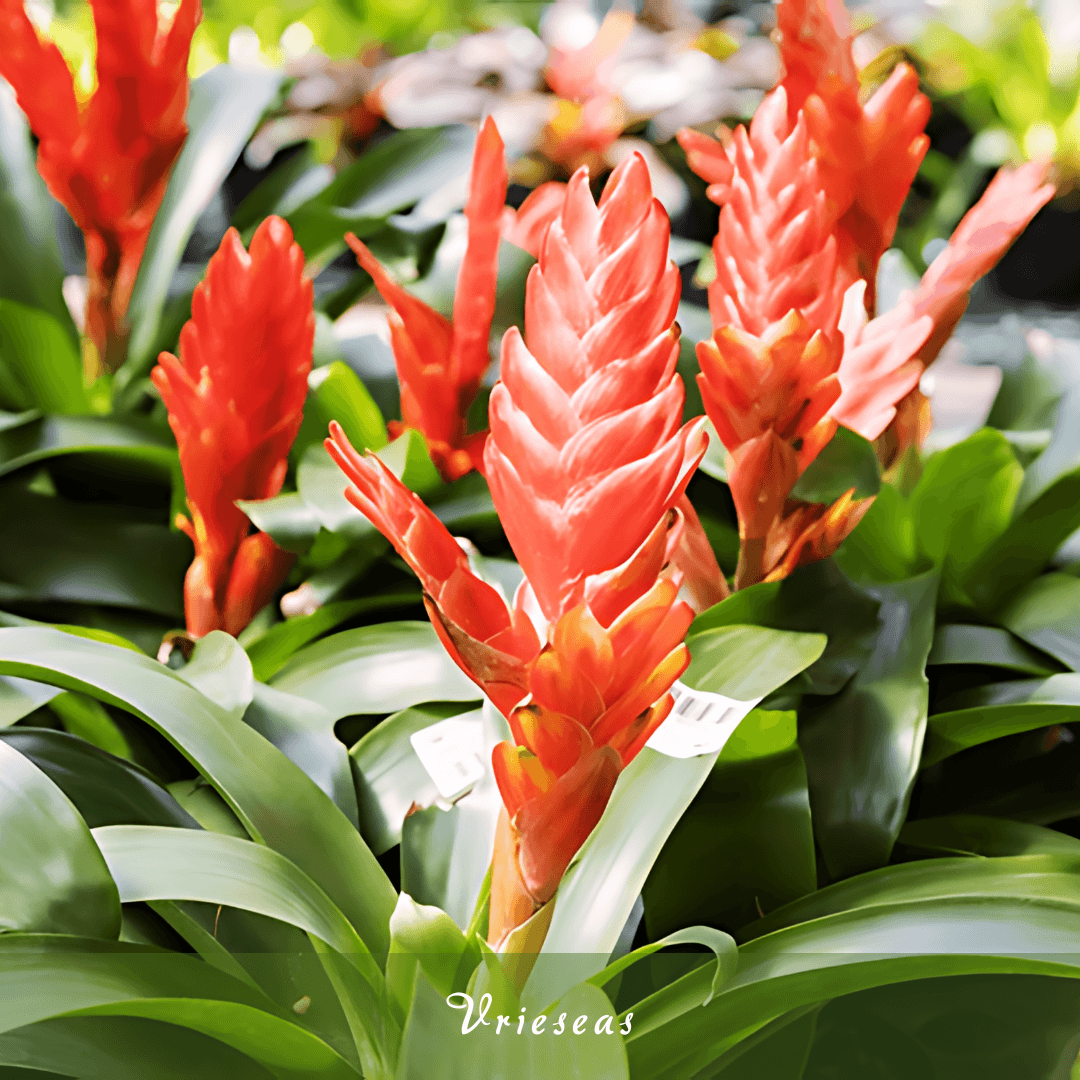
5. Vrieseas (Vriesea spp.)
Characteristics
Vriesea bromeliads are recognized for their tall, spiky flower stalks, which often emerge in shades of yellow, red, or orange and are surrounded by smaller flowers. The plant has broad, flat rosettes of leaves and grows well in various conditions.
How To Grow Vriesea
To grow Vriesea bromeliads successfully, place them in a location that provides bright, indirect light. Ensure the soil drains well, then water the plant in the middle rosette, letting the water pool in the tank.
Usually, weekly watering is enough, but the plant should not sit in water for too long, as this might cause root rot. Like other bromeliads, Vriesea thrives in a humid environment, so misting or using a humidity tray is highly recommended, especially during the winter when indoor air is dry.
Once Vriesea flowers, the bright bracts can last several months, providing a long-lasting burst of colour.
6. Cryptanthus Bromeliad Plant (Earth Star)
Scientific Name: Cryptanthus spp.
Characteristics
Cryptanthus, known as Earth Stars, are small, star-shaped bromeliads with stunning patterns and colours. Their foliage is typically striped or marbled in shades of pink, red, green, and silver.
How To Grow Cryptanthus
Cryptanthus plants prefer medium to low light, making them perfect for indoor environments with limited natural light. They thrive in well-draining soil and must be watered regularly to ensure the soil stays evenly moist but not soggy. Watering should be done at the base to prevent water from accumulating in the rosette.
Since Cryptanthus prefers slightly cooler temperatures, keep them in an environment between 60°F and 75°F (15°C and 24°C). For optimal growth, maintain humidity levels by misting the plant occasionally or placing it in a humidity tray.
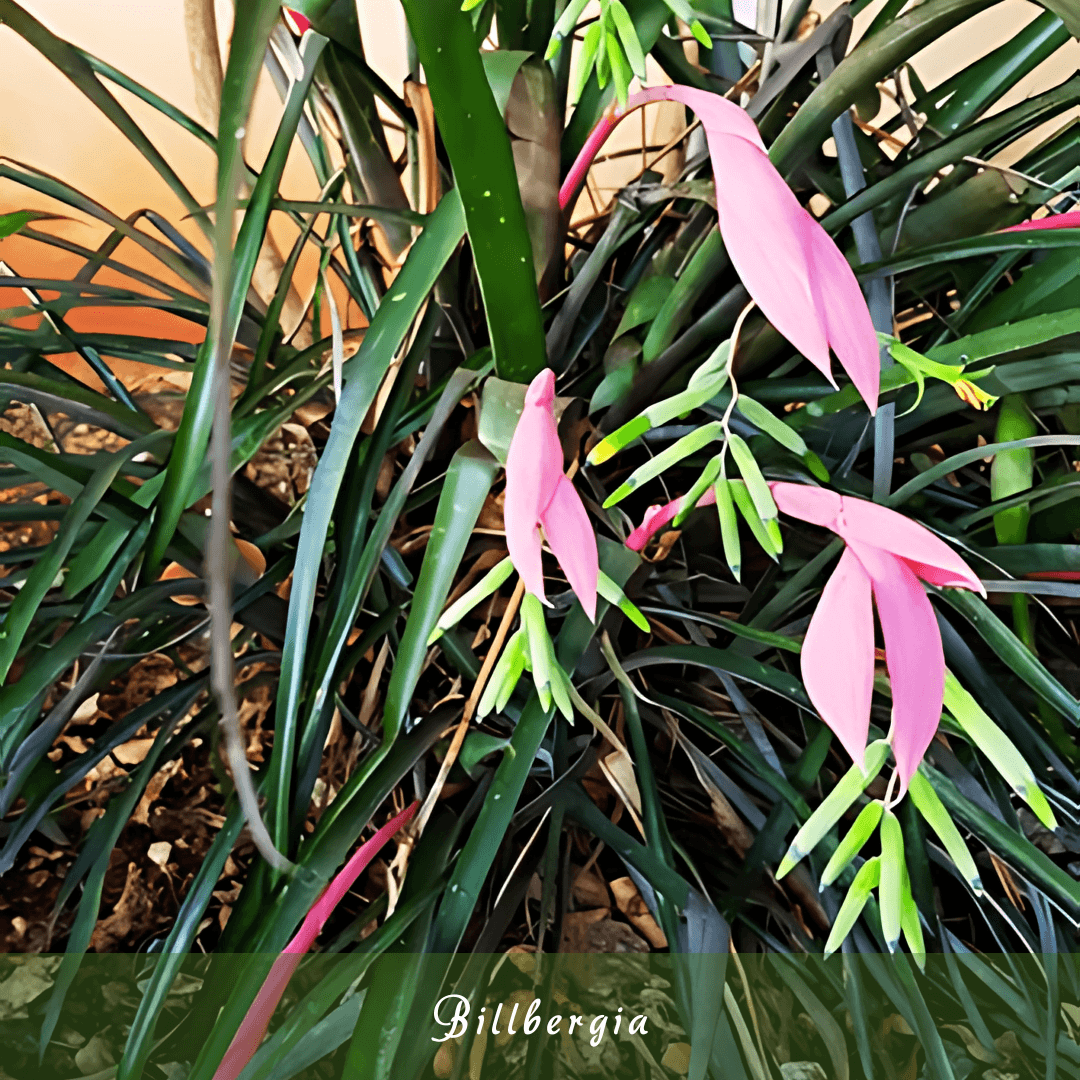
7. Billbergia (Billbergia spp.)
Characteristics
Billbergia bromeliads have arching leaves and beautiful tubular flowers in pink, purple, and blue shades. These hardy plants can be grown quickly in containers or directly in the garden.
How To Grow Billbergia
To grow Billbergia bromeliads, start by placing them in bright, indirect light. Although these plants tolerate various temperatures, they thrive in the 18°C to 24°C range. They prefer a well-draining, slightly acidic soil mix.
Watering should be done at the central rosette, filling the tank with water but ensuring it is not sitting in stagnant water. To promote growth, provide good air circulation around the plant, especially in more humid climates.
8. Neoregelia carolinae (Blushing Bromeliad)
Characteristics
The Neoregelia carolinae is a striking rosette-shaped bromeliad with thick, waxy leaves that mature to bright red or orange. The small but incredibly vibrant flowers are nestled within the center of the rosette.
How To Grow Neoregelia carolinae
This variety thrives in bright, indirect sunlight. The typical temperature range is between 18 °C and 24°C. When growing Neoregelia carolinae, it's essential to ensure the leaves' central ” tank ” is filled with water. Regular water changes will help avoid stagnation and the growth of dangerous fungi.
Like other bromeliads, Neoregelia carolinae requires well-draining, slightly acidic soil. A mix of orchid bark or specialized bromeliad potting soil works well.
The Neoregelia carolinae bromeliad prefers high humidity, so misting it or using a humidity tray will help it thrive. Once it blooms, the colours intensify, and the plant eventually produces pups, which can be propagated.
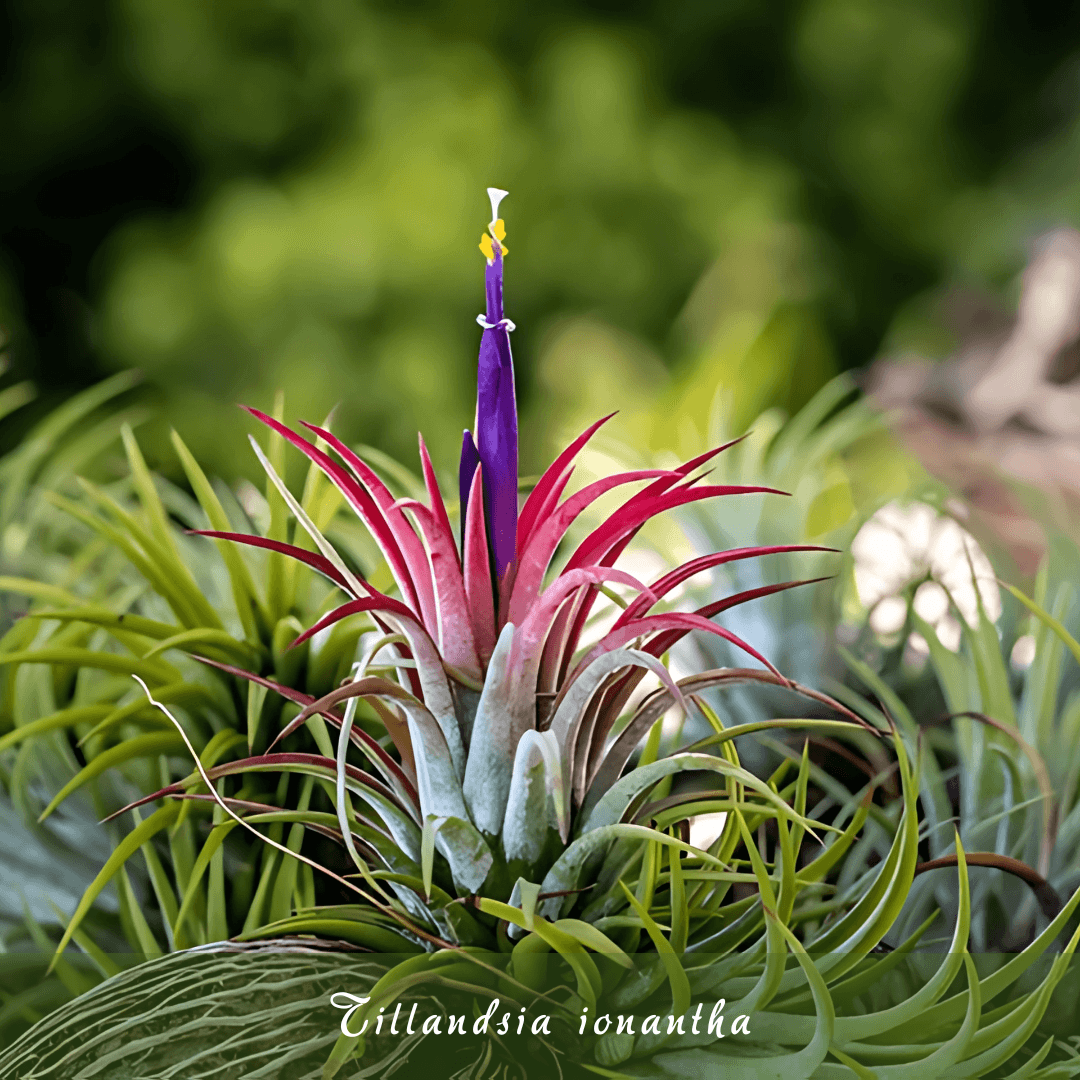
9. Tillandsia ionantha (Air Plant)
Characteristics
An exceptionally compact air plant species, Tillandsia ionantha, is highly sought after for its small size and stunning colour transformation. When in bloom, the plant's leaves turn red and pink, and the tiny purple flowers add to its allure.
How To Grow Tillandsia ionantha
Growing Tillandsia ionantha is easy, especially for beginners. It can be hung from ropes, put in glass terrariums, or affixed to ornamental objects like driftwood or wood. It thrivingly grows in bright, indirect light.
The key to growing Tillandsia ionantha is regular misting or soaking the plant for 15-20 minutes once a week. If you live in a dry area, you may need to mist the plant more frequently to ensure it receives enough moisture.
Ensure the plant dries off entirely after soaking, as stagnant water on the leaves can lead to rot. This air plant is highly adaptable and can tolerate average room temperatures ranging from 16°C to 27°C.
10. Billbergia nutans Bromeliad Plant (Queen's Tears)
Characteristics
Billbergia nutans is often known as “Queen’s Tears” because of the unique way its flowers dangle downward. These plants produce stunning purple and pink blooms that add elegance to any setting. The plant itself has long, arching leaves that form a rosette.
How to Grow Billbergia nutans
While Billbergia nutans may withstand some direct sunshine in the morning or evening, they prefer bright, indirect sunlight. They grow well between 60°F and 75°F (15°C and 24°C).
Watering should focus on the rosette, keeping it filled but avoiding stagnant water to prevent rot. To avoid the risk of rot, allow the water to evaporate from the rosette between waterings. The ideal soil composition for this bromeliad is drained well and acidic, like a mixture of peat and orchid bark.
Humidity is a significant factor in Billbergia nutans's growth, so misting the plant regularly or placing it in a humidity tray can help it flourish. After blooming, Billbergia nutans produce pups, which can be removed and repotted to create new plants.
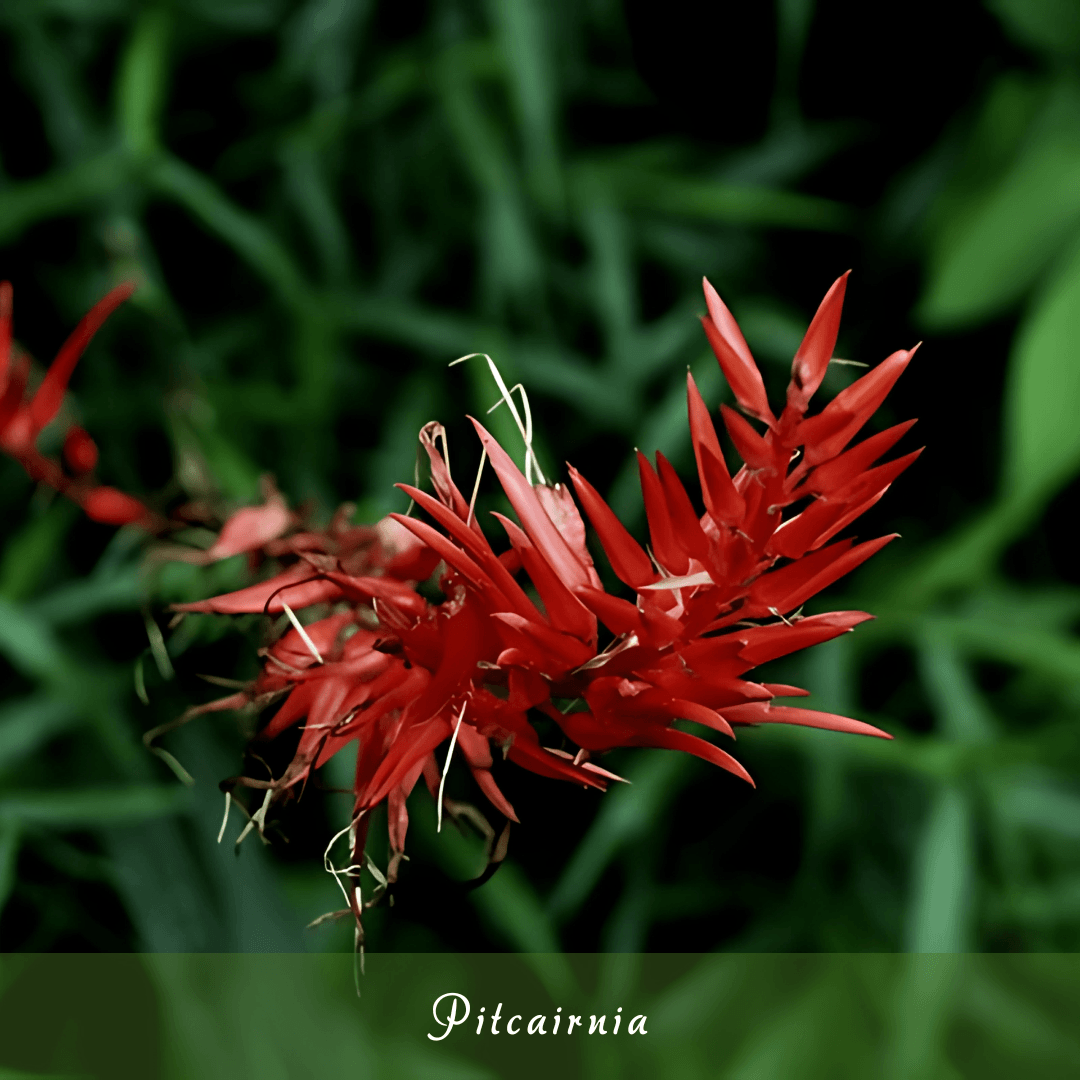
11. Pitcairnia (Pitcairnia spp.)
Characteristics
Pitcairnia bromeliads are unique for their rugged, leathery leaves and long flower stalks that produce tubular flowers. Although they are less colourful than other bromeliads, they are hardy and adaptable to various conditions.
How To Grow Pitcairnia
Pitcairnia bromeliads can withstand various light levels, from full sun to mild, indirect light, and are simple to grow. They can grow between 50°F and 85°F (10°C and 29°C) and are relatively drought-tolerant.
To grow Pitcairnia, use a standard bromeliad mix or a mixture of sand and perlite to ensure good drainage. Water the plant in its rosette, but allow it to dry out between waterings. These plants are less sensitive to humidity than other bromeliads, though they still benefit from occasional misting.
Pitcairnia is an excellent choice for gardeners looking for a low-maintenance bromeliad that can grow in various environments. Pups produced by the plant after flowering can be multiplied for further growth.
12. Dyckia Bromeliad Plant (Dyckia spp.)
Characteristics
Dyckia plants are known for their rugged, spiky leaves resembling cacti. The flowers are typically small and can come in shades of yellow or orange. They often stand out against the sharp-edged foliage.
How To Grow Dyckia
Growing Dyckia bromeliads requires more attention than other species, as they prefer a very well-draining soil mix. A mix designed for cacti or succulents, which includes sand, perlite, and a small amount of organic matter, works best for these plants.
Dyckia thrives in bright, indirect light or even full sunlight, which helps bring out the vibrant colours of the flowers. The plant can tolerate temperatures between 50°F and 32°C, making it a versatile choice for various environments.
Water Dyckia fills its rosette with water but ensures it can dry out between waterings to avoid waterlogging the plant. This species can handle periods of drought, so don’t overwater it.
Dyckia also thrives in relatively low humidity and can grow successfully in indoor environments with average room conditions.
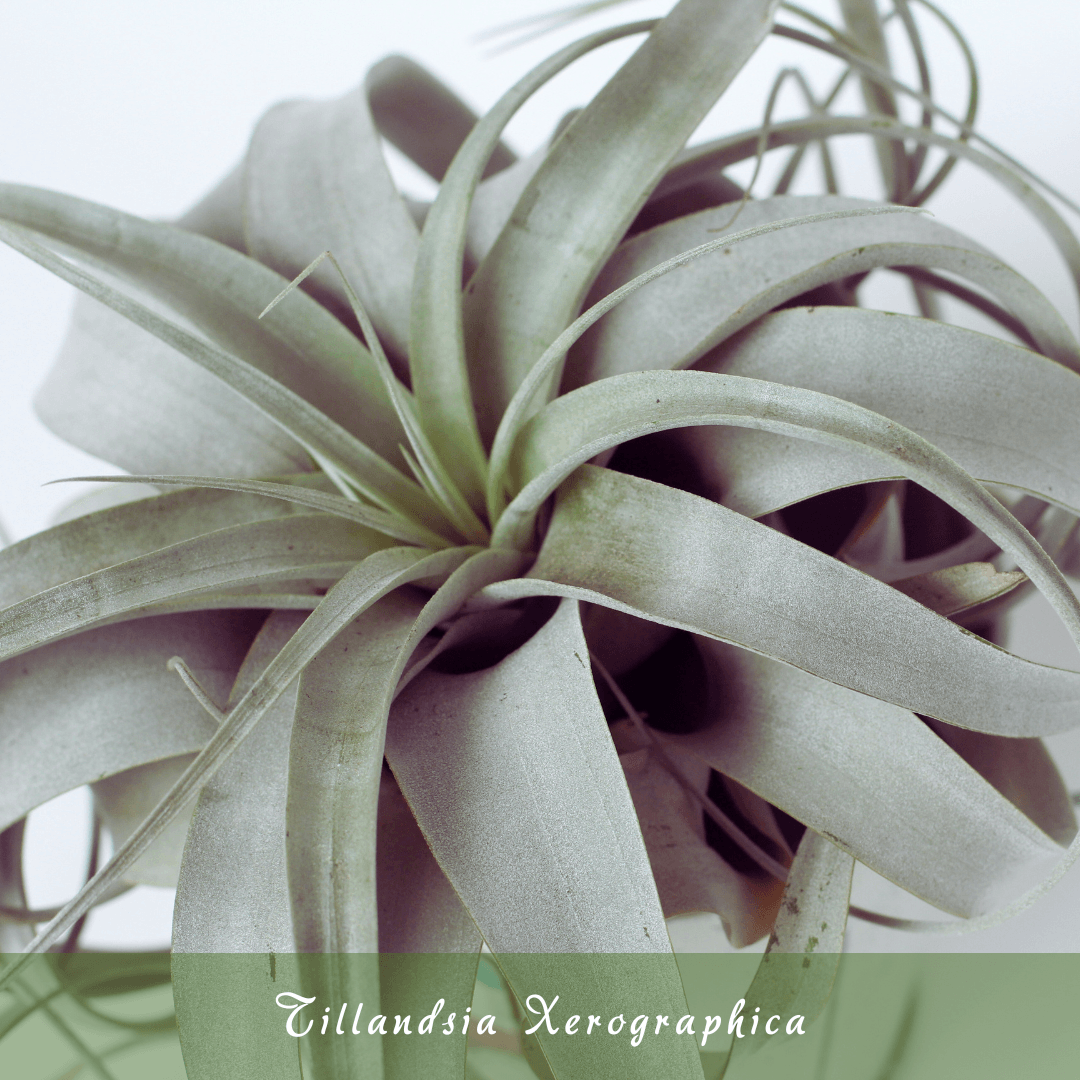
13. Tillandsia xerographica (Tillandsia xerographica)
Characteristics
Known for its large size, Tillandsia xerographica is one of the most iconic air plants. Its silvery-green leaves curl outward in a spiral pattern, forming a rosette that can reach up to 24 inches in diameter. This species produces small purple flowers that emerge from the center of the plant.
How to Grow Tillandsia xerographica
The silvery-green colour of Tillandsia xerographica is enhanced by strong, indirect light, while it can withstand some direct sunshine. These air plants are best grown in locations with excellent air circulation. andn temperatures ranging from 50°F to 90°F (10°C to 32°C).
To grow Tillandsia xerographica, soak the plant in water for about 30 minutes once a week or mist it regularly. Before putting the plant back in its display place after washing, let it dry completely.
This species is relatively hardy and can tolerate lower humidity, but it does benefit from occasional misting or a humidifier in dry indoor environments.
FAQ
1. Why Is My Bromeliad Turning Brown?
Answer: Browning can result from overwatering, underwatering, sunburn, or natural aging after flowering. To address the issue, check water, light, and pests.
2. Why Is My Bromeliad Turning Green?
Answer: Colour loss is natural as the flowers age. Low light or nutrient deficiency may also cause green reversion. To prevent this, ensure bright, indirect light and proper care.
Conclusion
The diverse types of bromeliad plants showcase their unique beauty and remarkable adaptability. From one bromeliad to another, they offer something for every plant enthusiast.
Bromeliads provide something for every plant enthusiast. Whether you're drawn to their striking flowers, architectural foliage, or low-maintenance care, these plants are a fantastic addition to any home or garden.
By understanding their varieties and needs, you can enjoy bromes. Dive into the world of bromeliads and discover the perfect type to brighten your space!
I trust you enjoyed this article on A Guide To The Various Types Of Bromeliad Plants. Please stay tuned for more blog posts soon. Take care!
JeannetteZ
>>>Please click here to read my all-inclusive article, About The Essential Companion Planting Guide<<<
>>>Please click here to read my all-inclusive article about Container Gardening<<<
>>>Are you interested in homegrown herbs and medicine? Please click here to find out more about it!<<<
Your Opinion Is Important To Me
Do you have thoughts, ideas, or questions? I would love to hear from you. Please leave me your questions, experiences, and remarks about this article, A Guide To The Various Types Of Bromeliad Plants, in the comments section below. You can also email me at Jeannette@Close-To-Nature.org.
Disclosure
This post may contain affiliate links. As an Amazon Associate and other affiliate programs, I earn from qualifying purchases at no extra cost to you. Please read my full affiliate disclosure.
You might also enjoy these blog posts:
Stunning Types Of Dahlia Plants You’ll Love
How To Stop Anxiety Attacks Fast
Brilliant Cactus Gardening Ideas To Elevate Your Space
How To Grow Dahlia Plants For Stunning Blooms
Bromeliad Plant Care: From Vibrant Blooms To Propagating Pups

